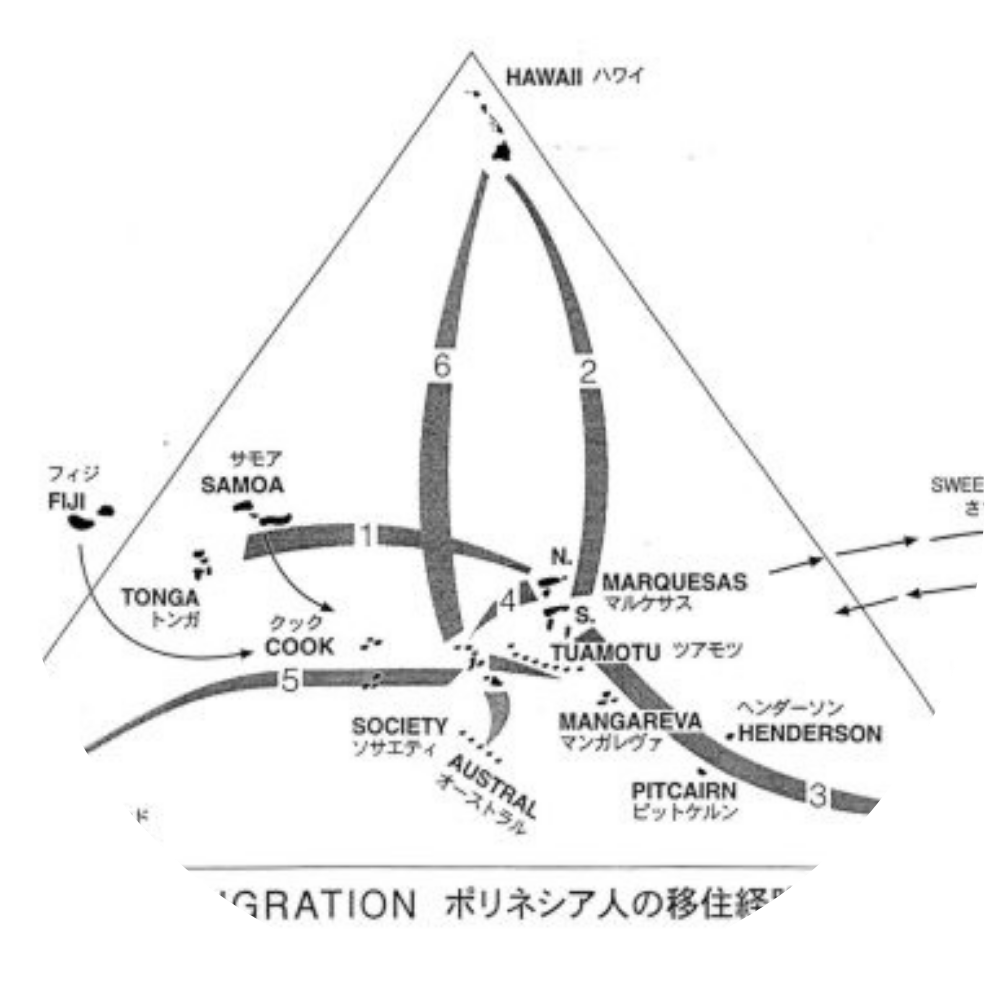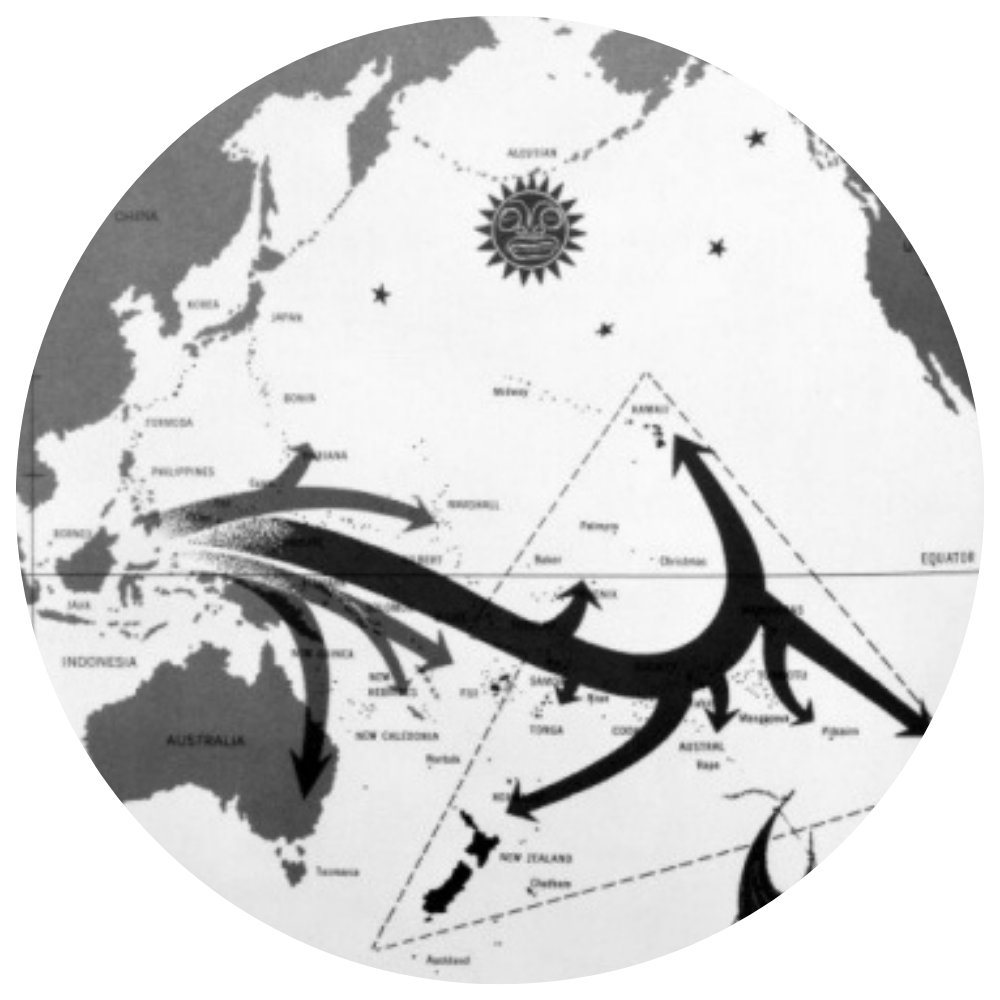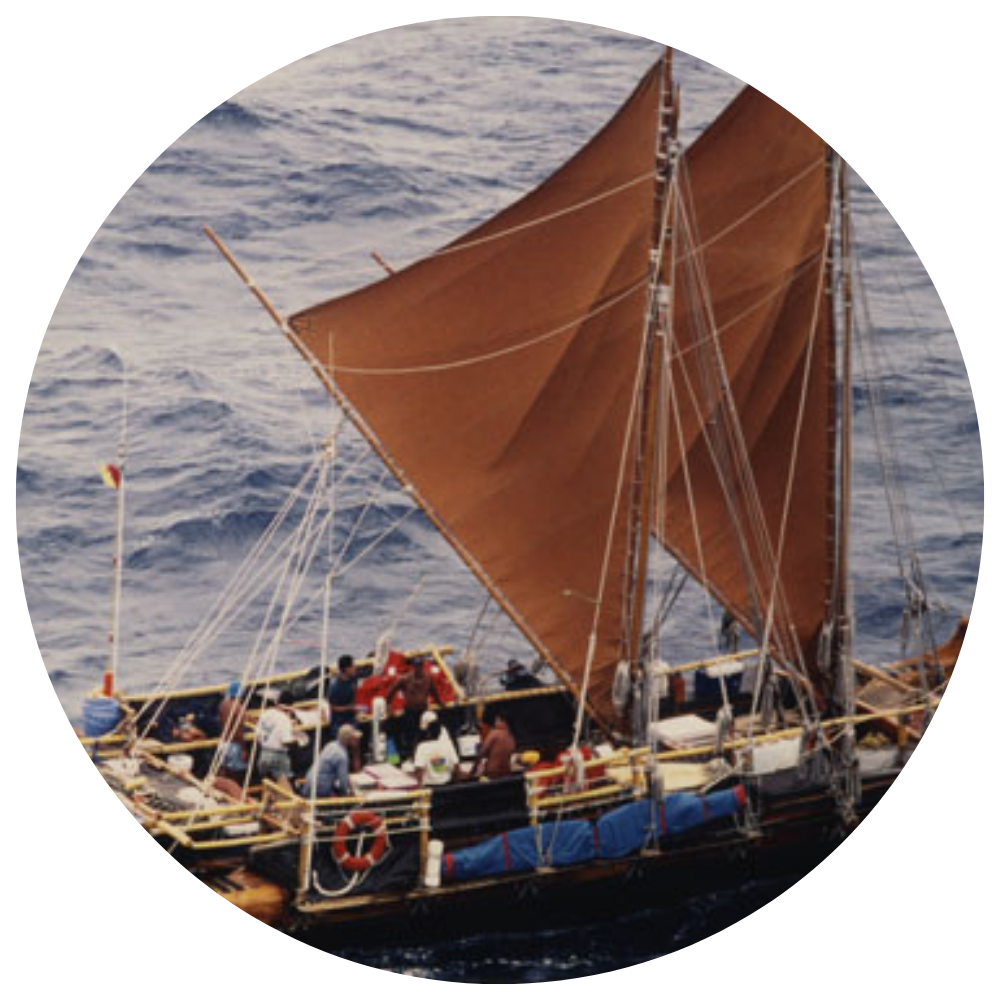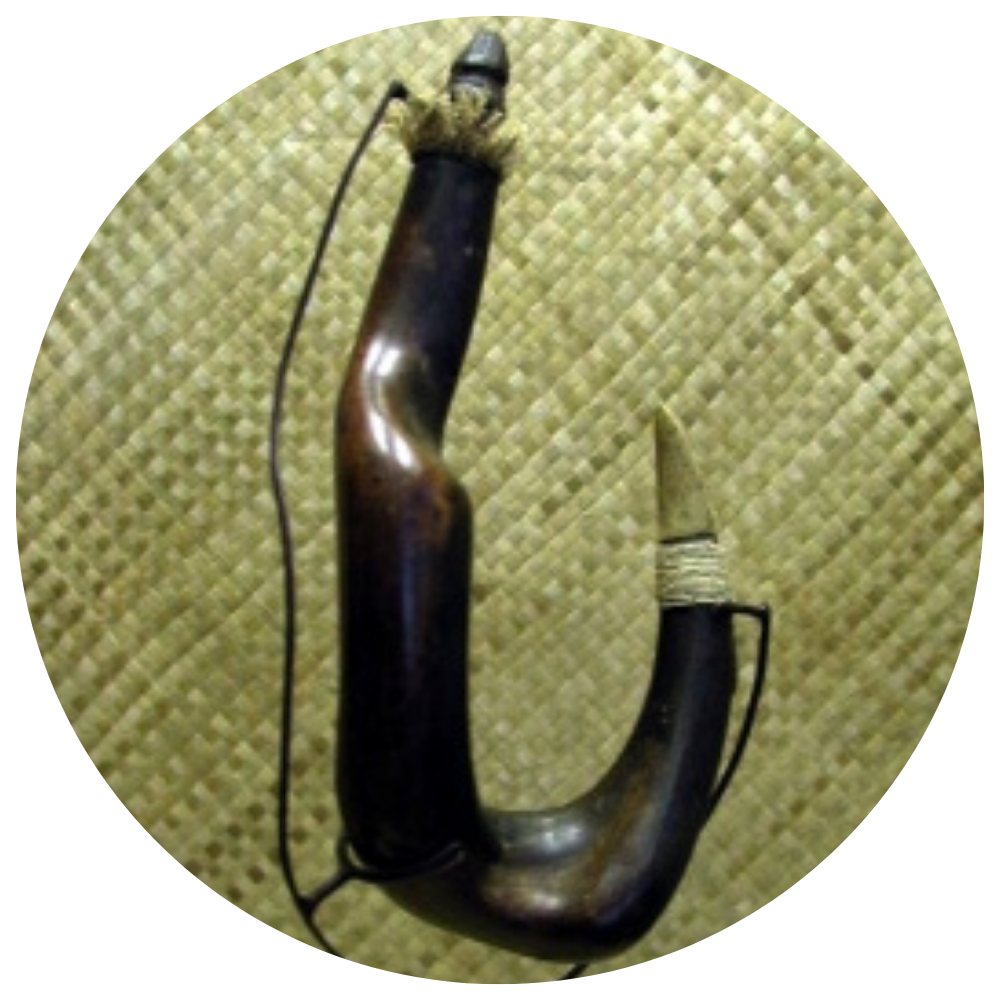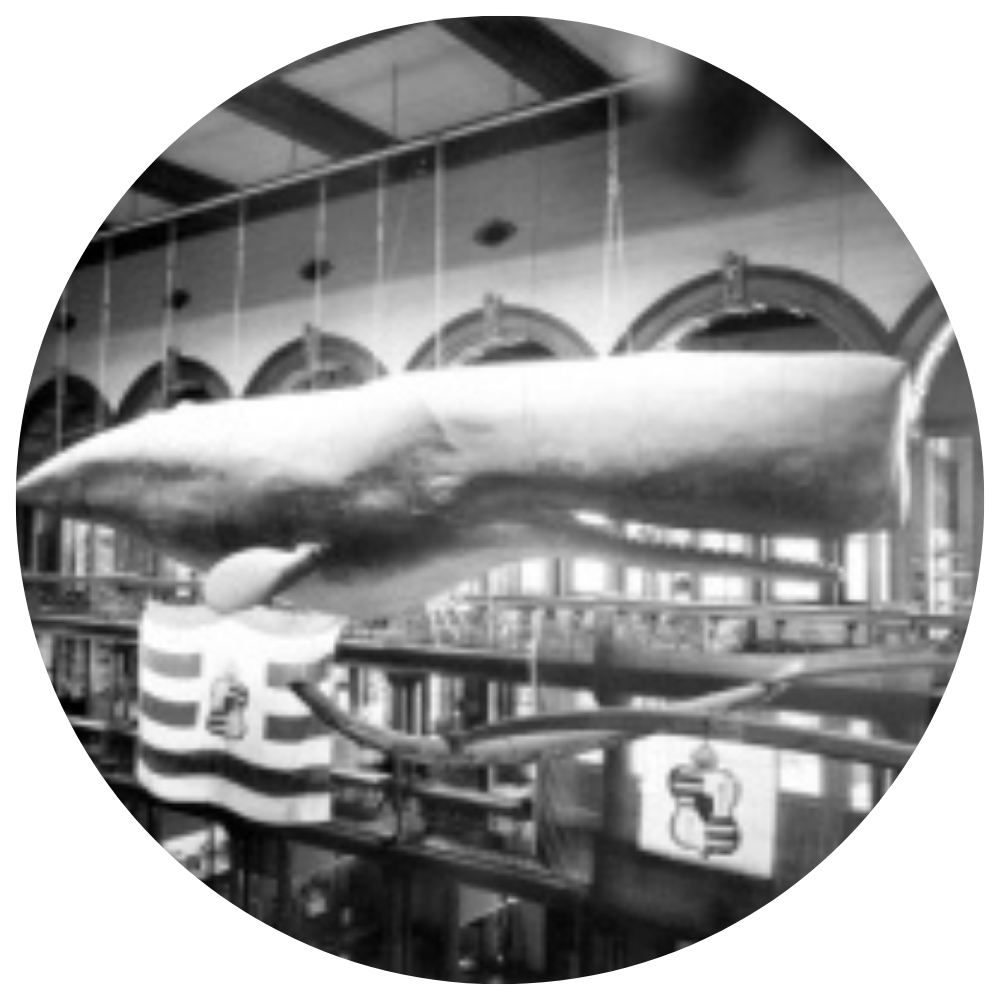Hawaiʻiloa

Wa’a Kaulua
In 1973 the Polynesian Voyaging Society was founded. Its mission was to build a double hulled canoe and “retrace the legendary voyages that once linked those far-flung islands and in doing so demonstrate to skeptics that the ancient Polynesians could have intentionally sailed across vast stretches of the Pacific without navigational instruments when most seafaring peoples were still hugging continental shores.”* Indeed while Kānaka Maoli held many oral traditions of great navigators such as Mo‘ikeha, Pa‘ao and Hawai‘iloa, who navigated these seas centuries prior to Captain Cook’s arrival, many others believed that the Polynesians possessed no such great skill and merely drifted to Hawai‘i on an accidental voyage. This “drift” theory not only stole a history of skilled navigation from Hawaiians, but also worked to create a disconnect between a people and their sacred stories.
The P.V.S. completed its first canoe, Hōkūle‘a (star of gladness), in 1975, and with the help of master navigator Mau Pialug of Satawal, sailed on May 1, 1976 from Honolua Bay, Māui. The crew navigated without modern instruments and arrived to a cheering crowd of thousands thirty-four days later in Tahiti. This voyage of way-finding, not only made a statement about a legacy of skilled navigation for Hawaiians but re-awakened a pride within many Kānaka Maoli that helped drive what has been called a “Hawaiian Renaissance.”
The re-birth of traditional navigation, like farming lo‘i (kalo patches), working the loko i‘a (fishponds) and other traditional practices, also helped to re-connect Kānaka Maoli to ancient epistemologies. These traditional ways of knowing contained thousands of years of accumulated knowledge possessed by their ancestors. Learning navigation also brought insights into ‘ōlelo (language), lā‘au (medicine), ho‘omana (religion) and so much more. A better navigator was a better parent, a better co-worker, and better citizen.
The Hōkūle‘a was based on what was known of ancient voyaging design. Limited knowledge about the skills necessary to construct ancient cordage, sails and other parts however, meant that the canoe also contained many modern materials. The second voyaging canoe built by the society, named Hawai‘iloa, was an attempt to use traditional materials as much as possible. One stumbling block was the inability to find a koa log large enough to build the canoe. Where earlier great fleets were built out of native hardwoods, now, after decades of forestry and cattle grazing, trees like the koa were rare. The amazing breadth of the efforts to reclaim ancient knowledges was made apparent when a group of Native Alaskan tribes stepped forward and donated to the society two beautiful Sitka Spruce logs. In an eloquent explanation of the connection between these two distant peoples, a leader of the Alaskan tribe said, “Both the reality and the symbolism of the [Hawai’iloa] project breathe hope and inspiration into all peoples seeking to maintain their traditions, heritage and culture in a society that does not place a high priority on such things….You do it for the Hawaiian people, but it reaches far beyond. In your canoe you carry all of us who share your vision and aspiration for a people to live and prosper with their future firmly built on the knowledge of their heritage and tradition.”**
*Mission: Polynesian Voyaging Society. P.V.S. Pier 7. Honolulu HI.
**Maillot, Byron. CEO, SeAlaska. Building Hawaiiloa. 1993. P.V.S. Honolulu.
Images
